Capture One 12.1 Review
This Capture One 12.1 review tells you all about Capture One Studio: more tethering tools, backup on capture, barcode scanning, tool locks, and advanced guides positioning. And there is news for Capture One Pro too, so stay tuned.
Capture One 12.1 Review
This Capture One 12.1 review highlights the introduction of Capture One Studio: an extra powerful version beyond Pro and with additional services. Capture One Studio is for the high volume multi-user studios that need an efficient and consistent workflow.
And for the rest of us Pro users: a new Guide tool, several enhancements, bug fixes plus new camera and lens support.
Pro, Studio or Enterprise
We have to get this out of the way first, to prevent confusion.
As a Capture One user you are probably familiar with different running modes, with Capture One Pro and its siblings Pro Sony, Pro Fujifilm, and Pro DB as the top product in features with all tools and tethering. They only differ in camera support and pricing. In the About screen you see your running mode and version:
From Capture One 12.1 onwards, there is now an even more powerful member added to the family: Studio. Capture One Studio supports all cameras that Pro supports and comes with additional tools and features. Also, you get premium support and access to additional services.
But mind you, the running mode for Capture One Studio is Capture One Enterprise. That’s the big guy now. You get access to it when you buy into the entire Capture One Studio package of software, services, and support.
In short, a Studio license will unlock the Enterprise mode in Capture One. Get it?
Capture One Studio is aimed at larger photo studios with multiple users to streamline their high volume workflow. Throughout this review, I will use the term Capture One Studio, indirectly referring to Enterprise as well.
Update
As of Capture One 20, the direct successor of Capture One 12, the Studio running mode was dropped in favor of the Enterprise label. In other words, Capture One Studio is rebranded into Capture One Enterprise.
Capture Pilot
Along with Capture One 12.1, Phase One released a new version of Capture Pilot. The update includes support for Guides and Overlay.
In case you forgot, Capture Pilot is the viewing app for Apple mobile devices. You find more on Capture Pilot in Using Capture Pilot with Capture One.
I will update this section when the new version is available.
Review Overview
This review first lists new cameras and lenses that this release supports.
Next, the review continues with improvements for all running modes, including Capture One Express, stepping up to Capture One Pro and continues with what is exclusive for Capture One Studio (Enterprise).
New Cameras and Lenses
Since the previous release, 12.0.4, newly supported cameras are:
Leica
- C-Lux
- D-Lux 7
Nikon
- Coolpix P1000
Panasonic
- Lumix DC-LX100 II
Lens Support
New supported lenses for the lens correction tool since version 12.0.4 are:
Fujifilm
- XF23mm f/1.4 R
Canon
- RF 28-70mm f/2 L USM
Nikon Nikkor Z
- 35mm f/1.8 S*
- 50mm f/1.8 S*
- 14-30mm f/4 S*
- 24-70mm f/4 S*
- Z 24-70mm f/2.8 S*
* ) Please note that the Nikkor lens profiles are included in the RAW file and show up as Manufacturer Profile in Capture One.
Note for Tethering Leaf Aptus
From Capture One 12.1 onwards, tethering capabilities for Leaf Aptus has ended.
Fujifilm Improvements
The already famous X-Trans rendering for Fujifilm cameras in Capture One is further improved to get a better rendering of fine details and patterns.
(Capture One Express Fujifilm / Pro Fujifilm / Pro / Studio).
When tethering with Fujifilm cameras, it is good to know that Live View now supports zoom and pan.
(Capture One Pro Fujifilm / Pro / Studio).
Improved Overlay tool
With the Overlay tool, you superimpose another image over the image you are shooting in the Viewer. For example, you display the layout of a magazine cover as an overlay on top of your image. Note that the overlay image does not become part of your image. It is a great composition aid during the tethered shooting, but you use it afterward as well.
In Capture One 12.1, the Overlay tool got the Follow Crop option. The overlay will automatically scale when you crop your image. Also, there is now a recent file list of the last ten overlays you opened.
Last but not least, the precision of the sliders and the performance is improved.
(Capture One Pro Fujifilm / Pro Sony / Pro DB / Pro / Studio)
New Grid tool
From Capture One 12.1 onwards, there is a new Grid tool. You can add the tool to your Workspace or create a floating tool from the Window menu.
The Grid tool lets you quickly select your type – Rectangular, Golden Ratio, or Fibonacci Spiral – and set additional options. There is no need anymore to go into the Preferences as in earlier versions.
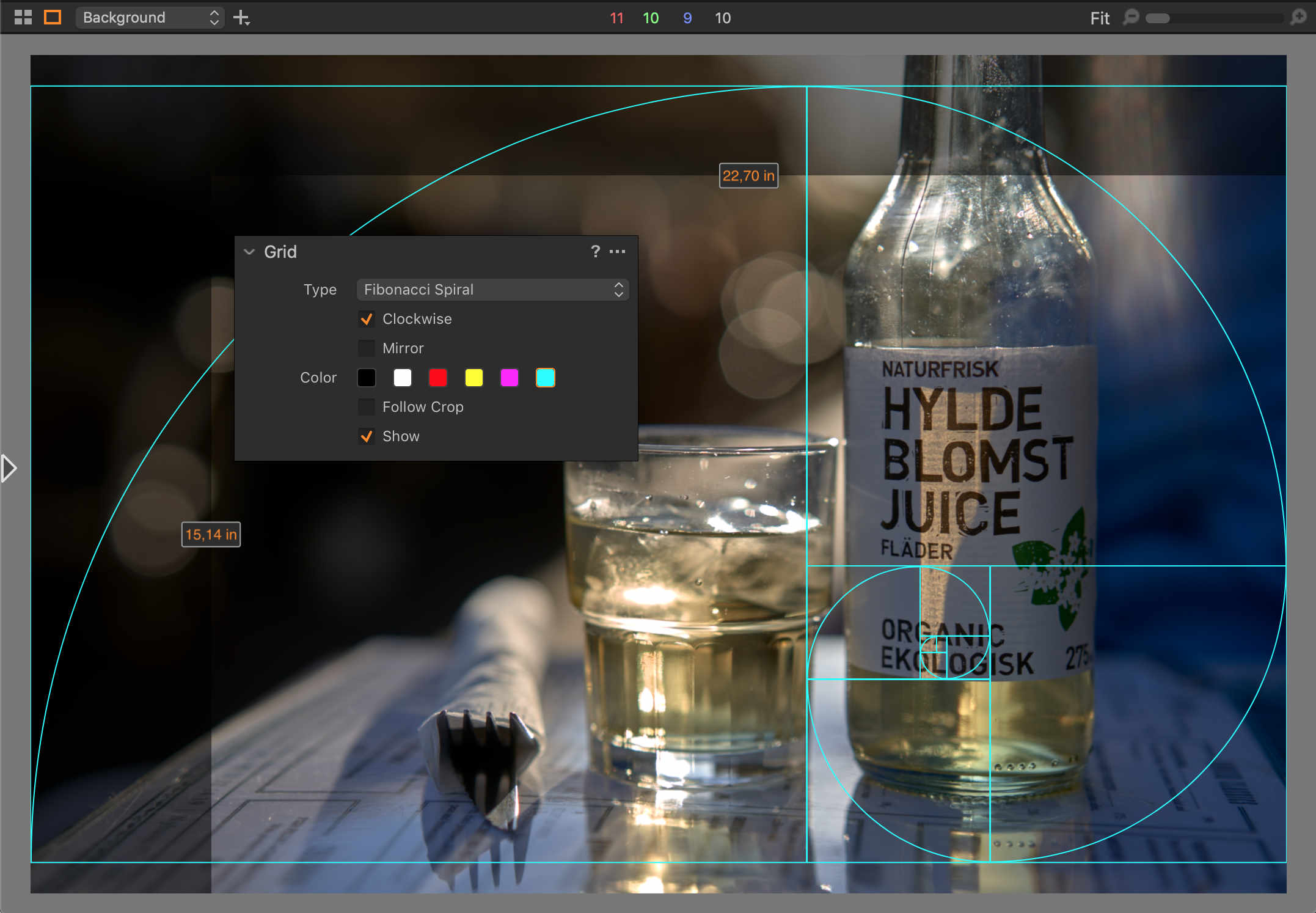
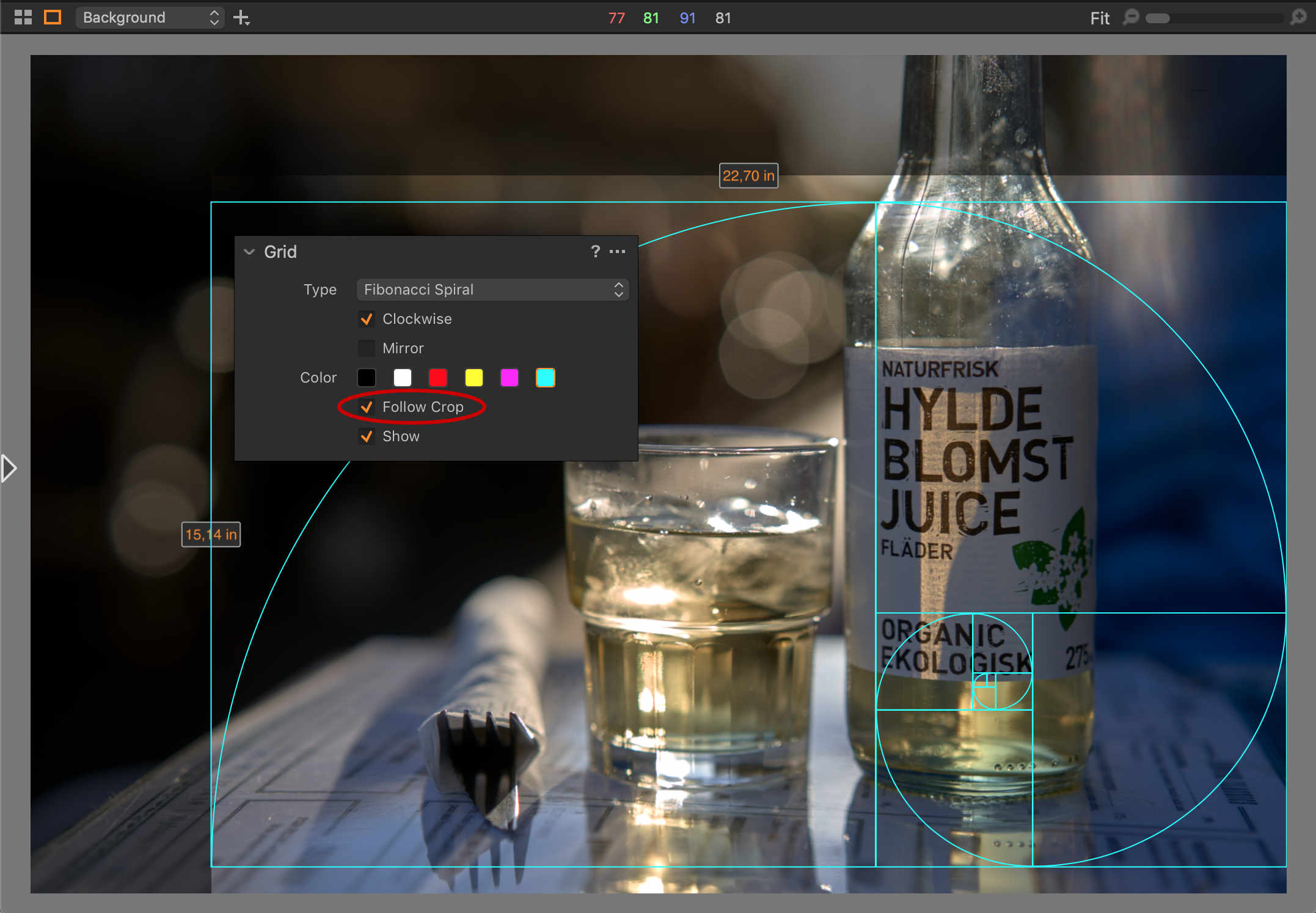
As you see from the screenshot above, there is now a Follow Crop option in the Grid tool. When enabled, the grid will follow the crop. If disabled, the grid will always cover the entire image.
In the Crop tool, there is a new checkbox to show/hide the grid during cropping. Capture One can show the grid permanently from the Grid tool – Show option – or via the new Grid icon on the toolbar.
Before Capture One 12.1 showing the Grid intertwines with Guides. This knit is now untangled and Guides started a new life too, as I will explain below.
(Capture One Express Fujifilm / Express Sony / Pro Fujifilm / Pro Sony / Pro DB / Pro / Studio)
New Guides tool
There is interesting news about Guides, but the news is different for the Pro and Studio mode.
Guides in Pro and Studio
Let’s start with the View menu, where you now customize your Guides.
Here you can add and reset Guides and select one of six colors. You can set multiple Guides both horizontally and vertically and position them with the Select cursor tool (arrow icon).
It is good to take note of the Select cursor tool because it is now the only cursor tool to move Guides, in contrast to earlier versions of Capture One where different tools did the trick.
Note that the Guides now follow the crop. In Pro, you can not undo that, in Studio, you can, as I will show you in a minute.
(Capture One Pro Fujifilm / Pro Sony / Pro DB / Pro / Studio)
New Guides Tool in Studio only
In addition to the Guides controls for Capture One Pro mentioned above, the Studio edition comes with an additional Guides tool for precise positioning.
Add a guide with the plus (+) sign, define its position in %, px, mm, cm, inch calculated from the top, bottom, left or right.  In addition, there is a Follow Crop option that you can disable.
In addition, there is a Follow Crop option that you can disable.
You can now save your Guides as a Guides Set. This set is a Preset for the Guides tool. Note that both the Guides with their positions as well as the Follow Crop status is saved in the Preset.
(Capture One Studio)
Process Guides with Studio
With Capture One Studio, you can process guides. This new feature is a separate option that you enable in your Process Recipe or Export Variants dialog, on the Metadata tab.
 What is not so obvious from the Export or Process tools, is the way the guidelines are processed. When you process to PSD, the guides remain separate from the image. When you next open the PSD in Photoshop or Affinity Photo, you see the same guides in the same positions as in Capture One Studio. You can alter the guides in that program if necessary.
What is not so obvious from the Export or Process tools, is the way the guidelines are processed. When you process to PSD, the guides remain separate from the image. When you next open the PSD in Photoshop or Affinity Photo, you see the same guides in the same positions as in Capture One Studio. You can alter the guides in that program if necessary.
In the case of processing to another file format, like JPEG/TIFF, the guides become a part of the image. In this case, you need to process two images, one with and one without the guides.
(Capture One Studio)
New in Capture One Studio only
The remaining part of this review discusses additional tools and features that are exclusive to Capture One Studio.
- Barcode Scanner support
- Next Capture Metadata/Keywords/Backup tools
- Tool locks with PIN
- built-in Enterprise workspaces
Barcode Scanner Support
When you shoot a series of items, they may come with a label with a barcode to identify each item. With Capture One Studio, you can scan the barcode with a scanner and automatically fill that code into the file name of the item. This is made for a tethered workflow.
You first scan the code and next you capture the image. But before you start this workflow, you configure the barcode scanner from within Capture One Studio. Several barcodes types and scanners models are supported. Please see the release notes for details.
You can enhance the scanning workflow via scripting.
More Next Capture Tools
Every tethered shooter is familiar with the three Next Capture tools in Capture One Pro, for Adjustments, Location, and Naming
In case you need an explanation on these indispensable tethering tools, please refer to Capture One Tethering Explained.
Capture One Studio adds three new Next Capture tools to your tethered workflow, for Backup, Keywords, and Metadata.
Both the Next Capture Metadata and Next Capture Keywords tools are part of the Enterprise – Tethered Capture workspace (see below).
As usual, you can add these tools to any (custom) tool tab, like any other tool.
Next Capture Metadata
The Next Capture Metadata tool handles the IPTC metadata during the shoot, including rating and tagging. This tool controls the metadata for the next image, not the current image.
You need to use the Metadata tool to change the metadata of existing images.
It is great to have a preset at hand like your own stationery, client metadata or other reoccurring metadata. Copying values from the Primary Variant is also an option as well as entering data manually.
Next Capture Keywords
With the Next Capture Keywords tool, you control the flow of Keywords from one image to the next. There are three ways to quickly fill in the desired keywords.
First, you can copy keywords from the Primary Variant with the button. Second, you manually add them. And last, you can use the Preset menu in the tool.
The difference with the Keywords tool is that the Keywords tool controls the keywords of the selected image. The Next Capture Keywords tool controls the keywords of the next image that you are going to shoot tethered.
Next Capture Backup
The Next Capture Backup allows you to make a backup to a designated folder of your new captures.
It explicitly works during tethered shoot only (not afterward) and with sessions only. You do not require a third-party solution for backup anymore.
You can use the same path that you define in the Location field for different sessions. For example, you create a folder named CapturesBackup somewhere. Capture One will create a subfolder inside that CapturesBackup folder with the name of the session plus a random number and a Capture folder inside that folder. This Capture folder contains the backup of your images without preview or setting files.
New Workspaces
In the Windows > Workspaces menu in Capture One Studio, you find three extra workspaces for:
- Editing
- Rate and Review
- Tethered Capture
All new workspaces customize the standard tool tabs, remove some tabs and add the new tools to the tabs.
According to the release notes as a licensee of Capture One Studio, you have access to a “dedicated team of experts” that can build a custom workspace for you “to craft the ultimate workflows to match your organization’s productivity needs”.
There you are.
Tool Locks
Via the Windows menu > Manage Locks command you find the menu to lock selected tools.
In the Manage Locks dialog, you can check boxes of the tools you want to lock. But what does a lock mean? See the stacked screenshots of a normal and locked tool below.

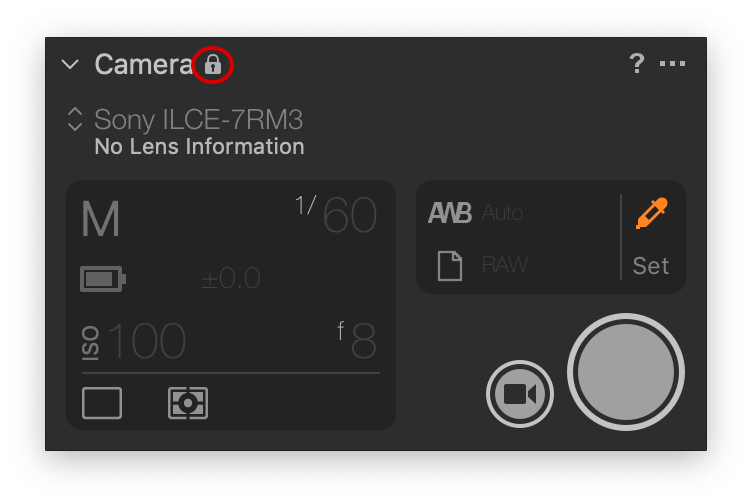
A locked tool does not allow user input. The settings are fixed, both in the tool as well as in the 3-dots menu of the tool. There are some minor exceptions.
You recognize a locked tool from the lock symbol next to the tool name. You can lock and unlock a tool also from the 3-dot. menu.
PIN
You can set or change a 4-digit PIN code on the tool lock, to prevent unauthorized changes. You find the command in the Window menu.
Capture One stores the PIN in the Preferences file. You can change or remove the PIN.
Thank you
For reading. Please feel free to leave a comment. Like us on Facebook or subscribe to our newsletter to stay informed about new blogs.
Best Regards,
Image Alchemist

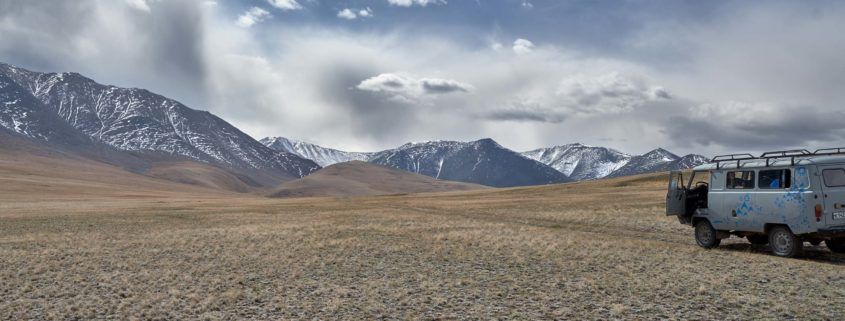
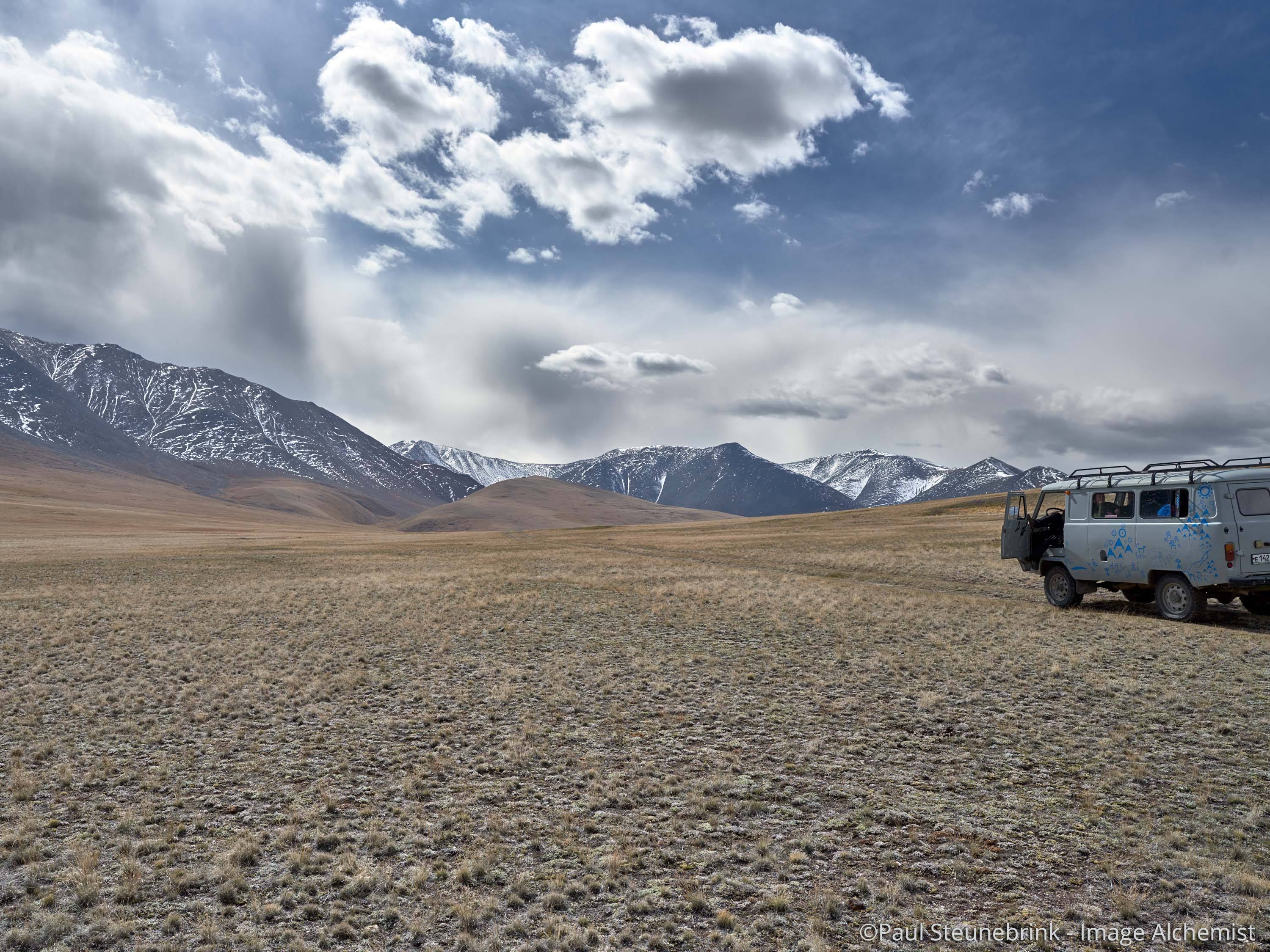
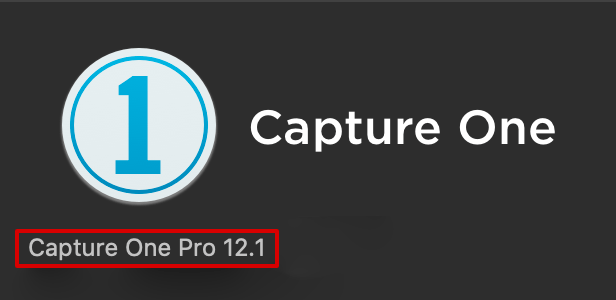
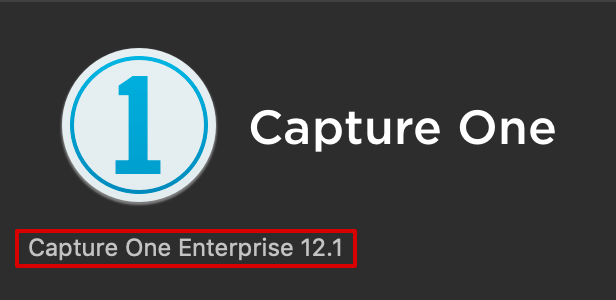
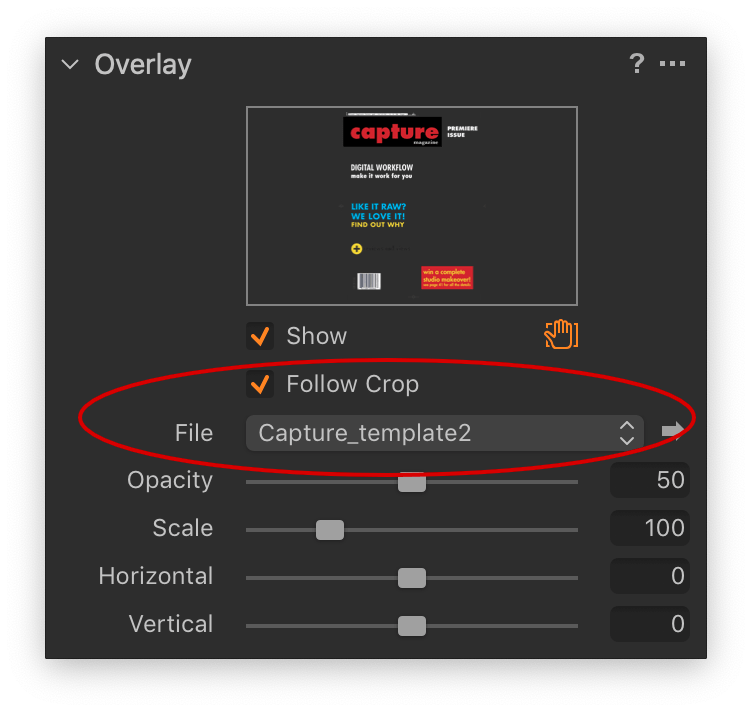
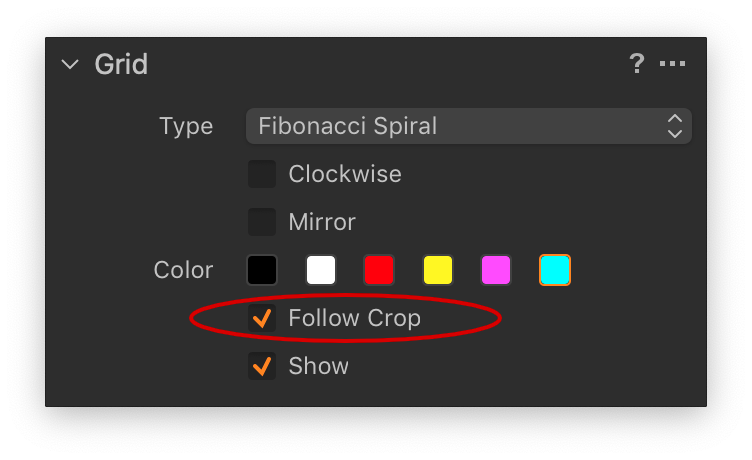
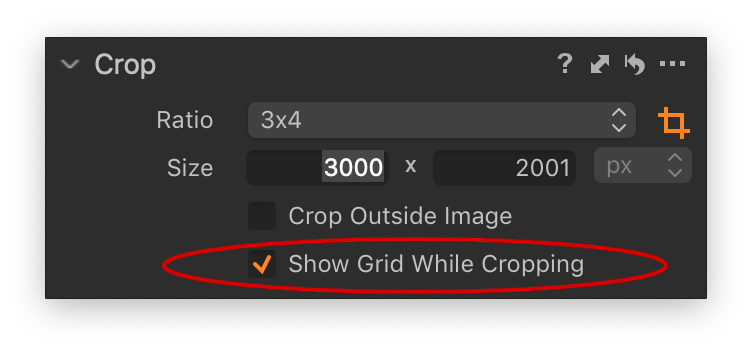
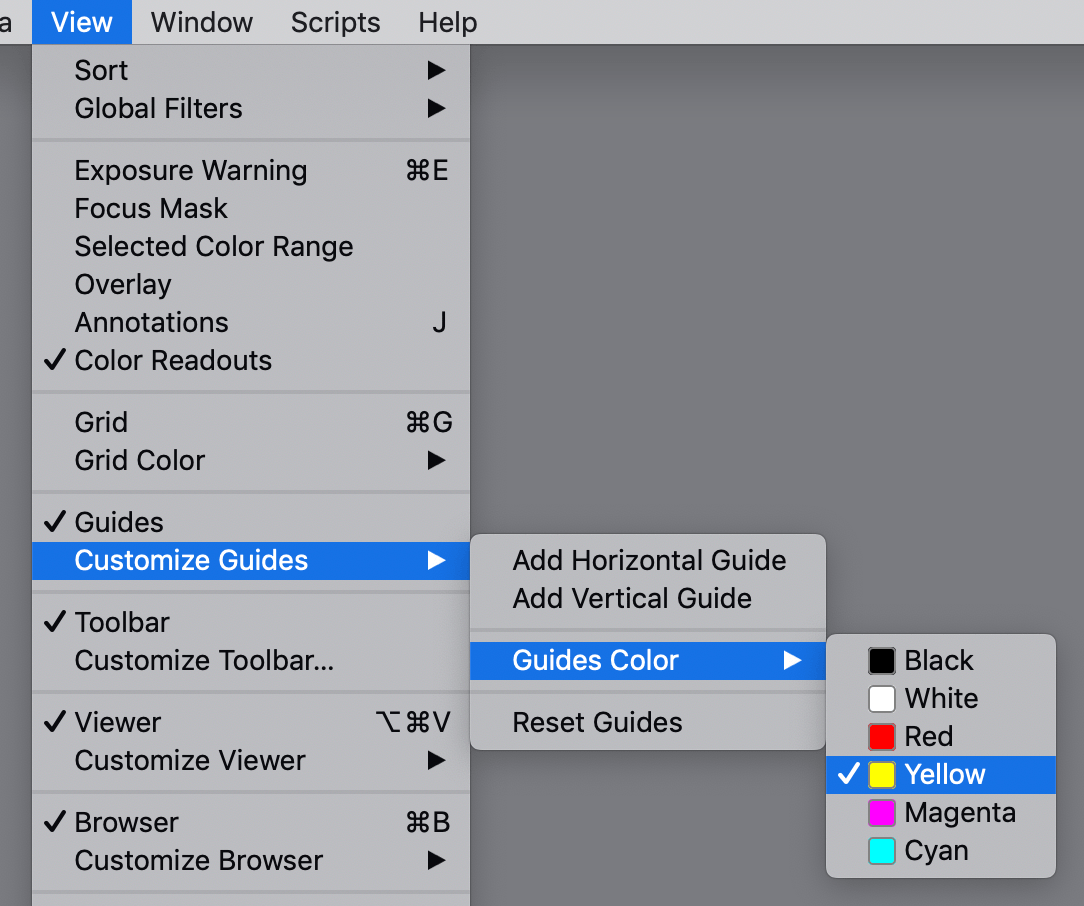





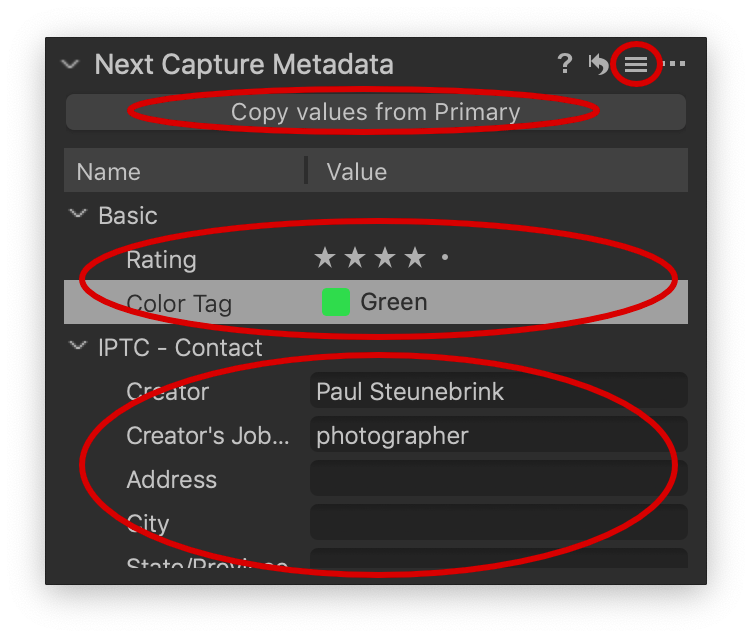
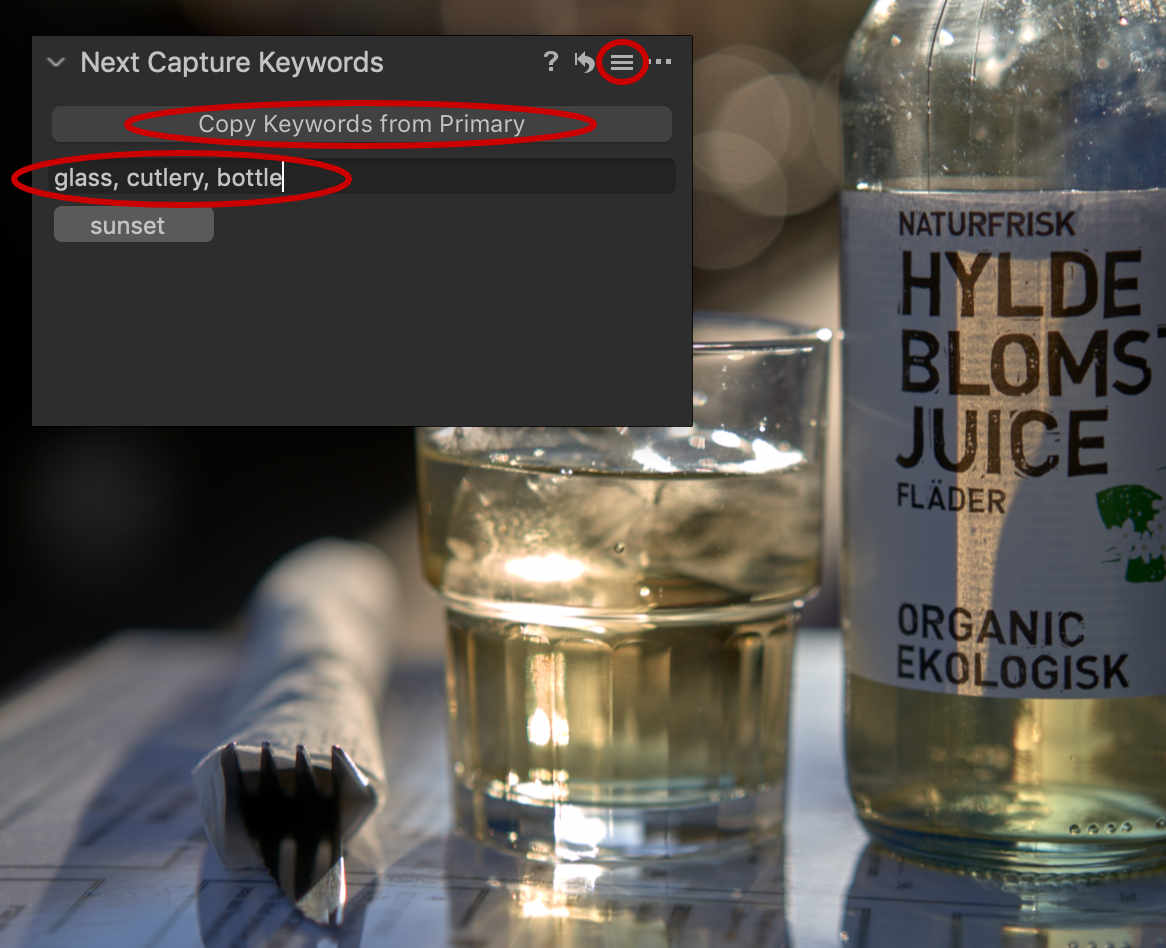
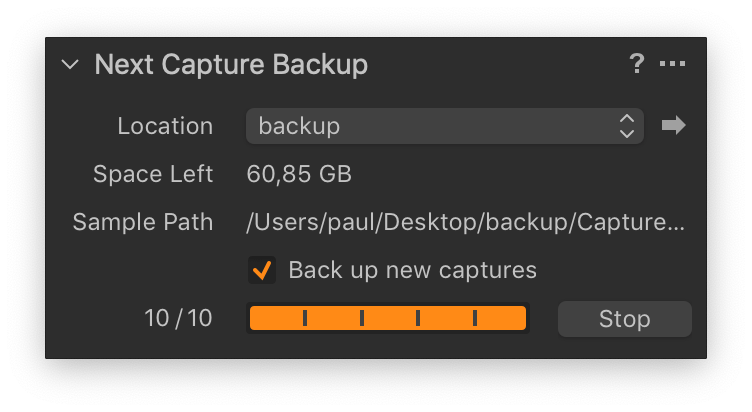
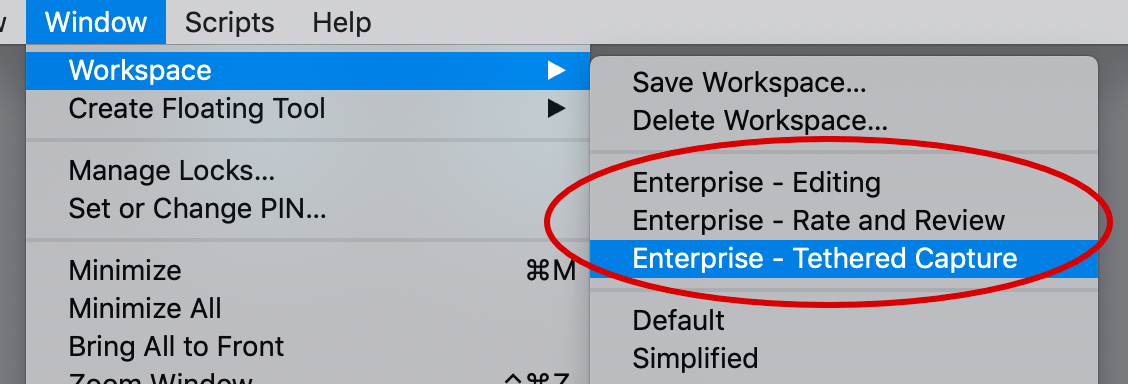
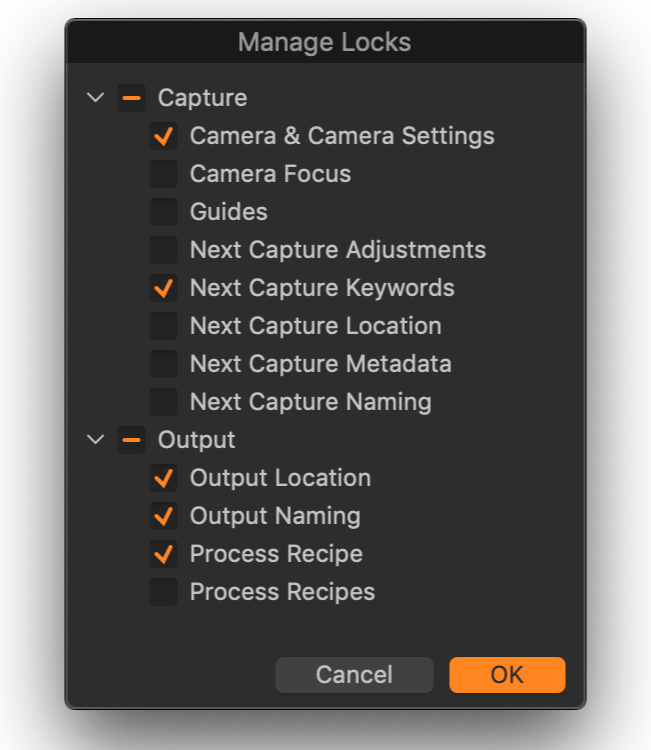
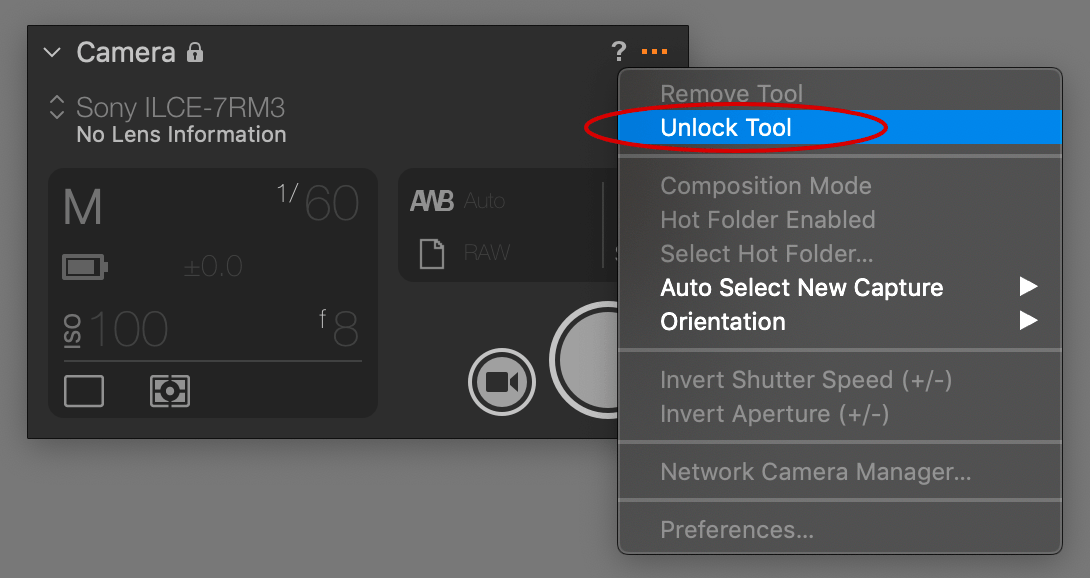





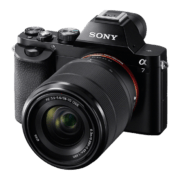



Hi, great review!!! My version for mac, 12.1, when open display this message “Capture One can not process”. But still work the same. I reinstal the program but the same message display… This is a bug? Thanks!!!!!
Hi Maga,
Strange message on opening CO 12.1. I suggest you open a support case from the Help menu to get this solved. Thank you for your feedback.
Best, Paul Steunebrink / Image Alchemist